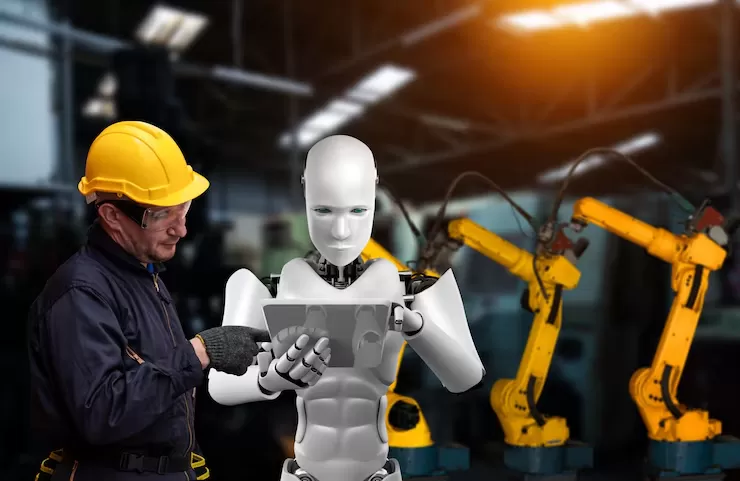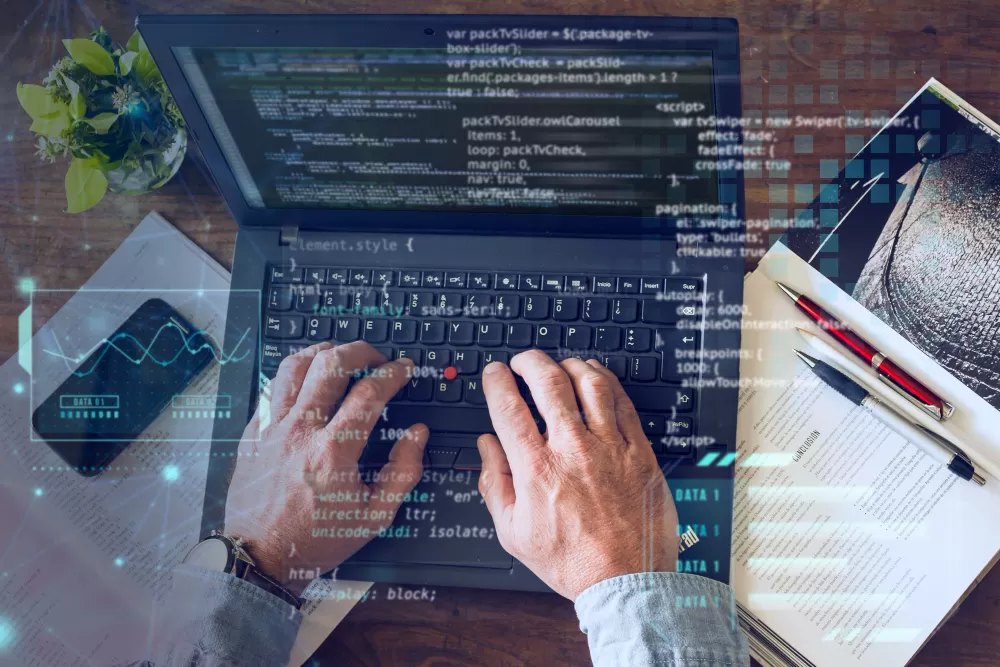
- Services .
- Industries .
- Company .
Explore the latest innovations, expert analysis, and industry updates in tech news. Stay informed, discover emerging trends, and enhance your knowledge with every update.

China is taking a major step forward in automation with the introduction of AI-powered humanoid robots designed for manufacturing. These robots are built not just to assist but to operate independently, learn from tasks, and adapt to industrial environments—ushering in a new generation of smart factories.
As the world’s largest manufacturing hub, China’s shift from traditional labor to intelligent robotics has the potential to reshape global industrial dynamics.
There are several strategic reasons behind China’s aggressive push into humanoid robotics:
1. Aging Workforce & Labor Shortages
China’s working-age population is shrinking. Humanoid robots offer a scalable solution for long-term productivity.
2. Rising Labor Costs
While automation reduces reliance on human labor, humanoids can perform diverse physical tasks previously done only by skilled workers.
3. Global Competition
Competing with the U.S., Japan, and Europe in high-tech manufacturing, China is accelerating the integration of AI in its industrial backbone.
4. Vision for Smart Manufacturing 2035
As part of its "Made in China 2025" and “AI 2035” strategies, China aims to lead globally in smart, adaptive, and AI-powered factories.
Modern Chinese humanoid robots, developed by companies like UBTech, Fourier Intelligence, and Unitree Robotics, can perform a range of tasks such as:
· Assembly line work (precision part placement, screwing, soldering)
· Material transport within factories
· Visual inspection and real-time defect detection using AI vision
· Collaborative operations with human workers in hybrid environments
Some advanced prototypes can walk, carry loads, manipulate tools, and even learn from visual and sensor feedback, adapting over time.
1. Artificial Intelligence
From computer vision to motion planning, AI enables robots to perform tasks with decision-making capabilities.
2. Machine Learning
Continuous task optimization allows the robots to get better over time—reducing errors and increasing throughput.
3. 5G & Edge Computing
Ultra-fast communication ensures low-latency interaction with other machines, cloud systems, and human supervisors.
4. Mechanical Design & Sensor Fusion
Human-like movement and dexterity require complex joint systems, motion sensors, gyros, and real-time feedback loops.
AI robots can work 24/7 with fewer breaks, consistent output, and minimal errors—significantly improving factory efficiency.
They take on hazardous or physically intensive tasks, reducing workplace injuries and safety-related shutdowns.
AI-driven robots ensure micro-level accuracy, especially critical in electronics, medical devices, and aerospace sectors.
Humanoids can be quickly reprogrammed and redeployed, making them ideal for dynamic and lean manufacturing models.
While the potential is enormous, challenges include:
· High initial investment for robot development and integration
· Technical limitations in energy efficiency, hand coordination, and environment sensing
· Job displacement fears and the need for retraining human workers
· Ethical and regulatory concerns surrounding AI autonomy in the workplace
However, China is investing in training programs, pilot factories, and partnerships with universities and AI firms to mitigate these concerns.
China’s robotic revolution isn’t just about domestic productivity—it’s a signal to the world. The race to lead in AI-powered manufacturing is heating up, and China is poised to challenge long-standing industrial leaders.
The transition marks a new chapter in the Fourth Industrial Revolution where humanoid robots powered by AI will no longer be science fiction—they will be tools of daily industrial life.
China’s AI-powered humanoid robots are a bold technological leap aimed at reshaping the future of manufacturing. They symbolize a shift toward intelligent automation, promising increased efficiency, safety, and global competitiveness.
While the world watches with curiosity and caution, one thing is clear: the factories of tomorrow may be run by robots who look, think, and move more like us than ever before.

OpenAI Launches Speech Models for Transcription & Voice AI

KotlinConf 2025: Key Announcements and Trends in Kotlin Development

Google Cloud Agent Builder: Simplifying GenAI Adoption

Apple's Swift Version Manager: Simplifying Developer Workflow

Joelle Pineau Leaves Meta After 8 Years of AI Leadership

Laravel 12.4 Update: New Features and Enhancements

China Closing In on the U.S. in the AI Race

Google Releases Android Update to Patch Exploited Vulnerabilities

AI Empathy: Technology or Just Our Interpretation?

AI-Powered Android Studio: Gemini for Confident App Development